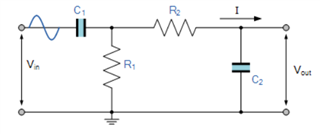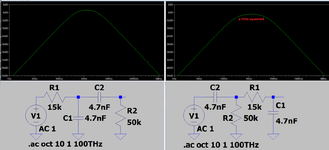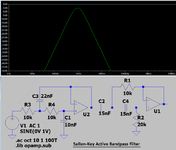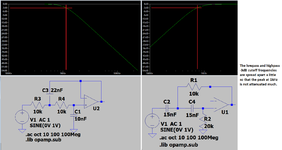hioyo
Advanced Member level 4
Dear Team,
For the bandpass filter why we are cascading HPF and LPF why not LPF and HPF.
Below is the circuit of a BPF.
My question is for an LTI system if we put LPF 1st and HPF 2nd of HPF 1st and LPF 2nd, we need to get the same response.
But in all places I searched I found 1st stage is HPF and 2nd stage is an LPF.
May I know why it is like that?

Regards
HARI
For the bandpass filter why we are cascading HPF and LPF why not LPF and HPF.
Below is the circuit of a BPF.
My question is for an LTI system if we put LPF 1st and HPF 2nd of HPF 1st and LPF 2nd, we need to get the same response.
But in all places I searched I found 1st stage is HPF and 2nd stage is an LPF.
May I know why it is like that?

Regards
HARI


